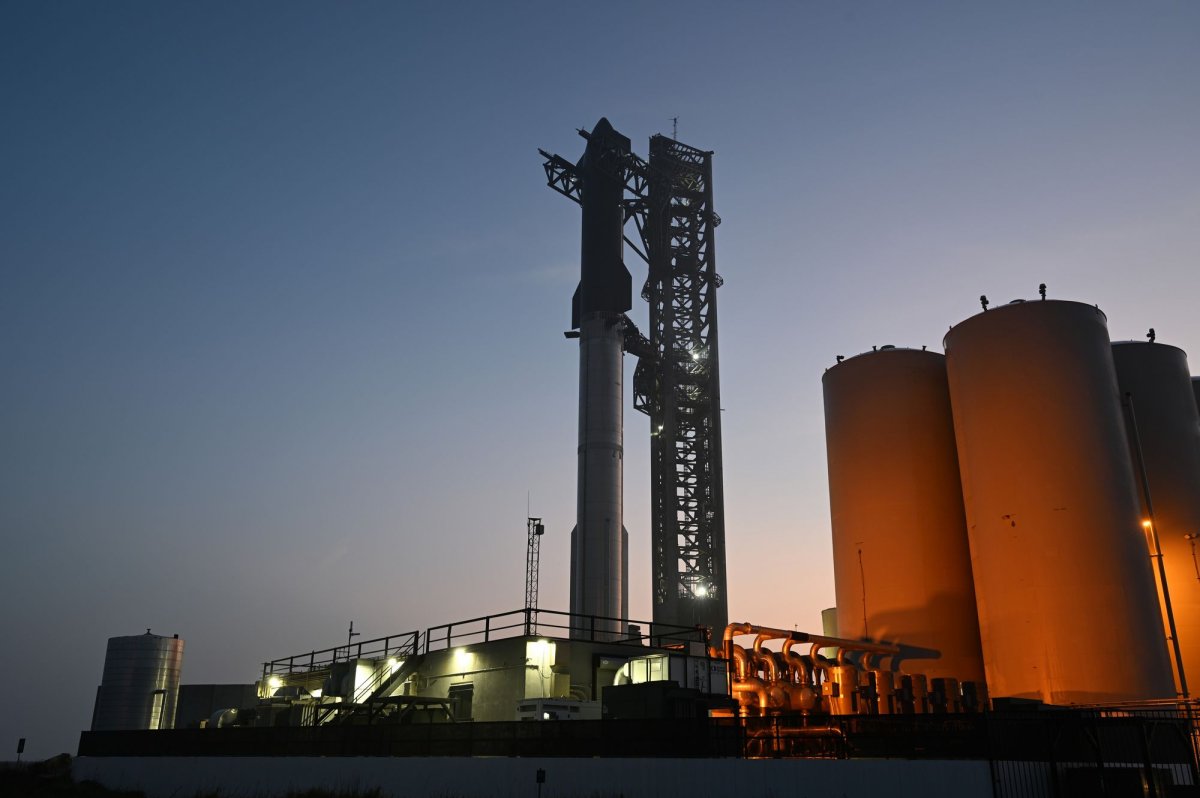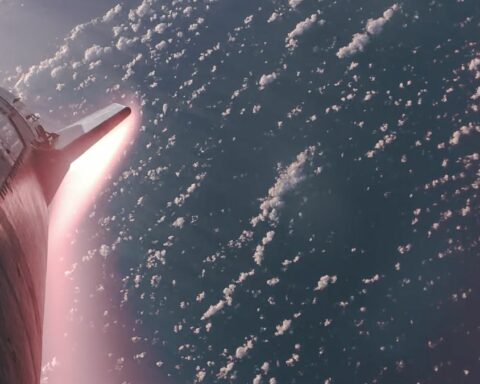SpaceX conducted its third test flight of the Starship rocket from the Starbase facility in Boca Chica, Texas, achieving significant milestones but facing challenges during reentry. The deep-space rocket underwent an integrated flight test lasting nearly an hour, aiming to land in the Indian Ocean, paving the way for more complex missions, including carrying NASA astronauts to the moon. However, communication with the spacecraft was lost after reentry, resulting in the decision to forgo the splashdown.
Unlike previous tests, SpaceX did not plan to recover the Starship after this flight, anticipating a hard landing. Nevertheless, the spacecraft reached a much higher altitude than before, showcasing progress despite the outcome. SpaceX views these test flights as essential for gathering data to improve the Starship for future missions, often framing failures as part of the iterative development process.
The Starship, comprising the upper spacecraft and the Super Heavy booster, lifted off from the Boca Chica facility, with the booster detaching mid-flight. Although the booster was expected to make a controlled landing in the ocean, it failed to light all engines as anticipated, resulting in a loss. SpaceX is investigating the incident, with the Federal Aviation Administration overseeing the mishap investigation, as standard protocol.
Despite the setback, the Starship test flight achieved several goals, including reaching orbital speeds necessary for future missions. The spacecraft’s payload door successfully opened and closed, and a propellant transfer demonstration was conducted to explore refueling methods for future missions. However, SpaceX opted not to reignite the engines after a coasting phase, possibly due to the spacecraft’s steep trajectory.
As Starship’s development progresses, it plays a pivotal role in SpaceX’s mission to transport humans to Mars. NASA has also selected Starship for its Artemis III mission to transport astronauts to the moon’s surface. While the flight test encountered challenges, it provides valuable insights for future missions, including refueling procedures critical for extended space travel.
SpaceX’s iterative development approach emphasizes learning from each test flight, acknowledging that not all outcomes will be perfect. Despite setbacks, SpaceX remains optimistic about the progress made, with CEO Elon Musk expressing confidence in the rocket’s capabilities. Each test flight contributes to advancing SpaceX’s innovative advancements and refining the Starship for future endeavors.
The atmospheric reentry showcased the spacecraft’s heat-resistant tiles and generated a vibrant halo of plasma as it entered Earth’s atmosphere. Despite losing communication with the spacecraft, the test flight provided valuable data for further analysis.
Looking ahead, topping off the spacecraft’s fuel will be crucial for future missions, particularly for journeys to the moon under NASA’s Artemis program. SpaceX aims to conduct more test flights to gather additional data and improve the Starship’s performance for future missions, maintaining its commitment to innovation and space exploration.






